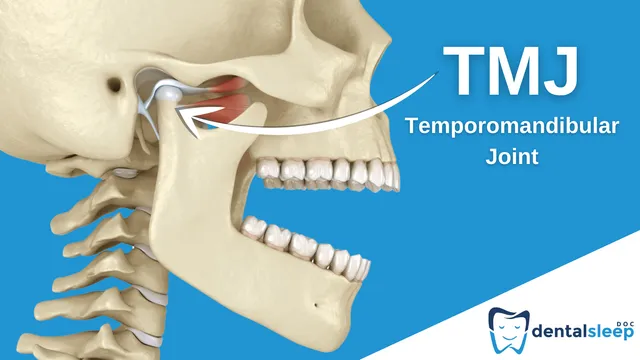Temporomandibular joint disorder, commonly known as TMJ, is a condition that has perplexed both patients and healthcare providers alike. This ailment, which affects the jaw joint and muscles controlling jaw movement, can cause severe pain and discomfort. TMJ remains a mysterious and often misunderstood condition, yet understanding and addressing it can significantly enhance a patient’s quality of life and even bring in new patients for healthcare practices specializing in its treatment.
Understanding TMJ
Thetemporomandibular joints (TMJs) are located on each side of the head and work together to facilitate essential movements such as chewing, talking, and yawning. These joints connect the jawbone to the skull, and their smooth functioning is crucial for everyday activities. However, when these joints and surrounding muscles are disrupted or strained, it can lead to TMJ disorder.
TMJ disorder is a collective term for various conditions that affect the TMJ, and its symptoms can range from mild to debilitating. Common symptoms include jaw pain, difficulty chewing, clicking or popping sounds in the jaw, headaches, and even earaches. The exact cause of TMJ is often difficult to pinpoint, which adds to the complexity of diagnosing and treating the condition. Factors such as genetics, arthritis, jaw injury, and teeth grinding are commonly associated with TMJ disorder.
The Mystery of Diagnosis
Diagnosing TMJ can be particularly challenging because its symptoms often overlap with other conditions such as ear infections, sinus issues, or dental problems. This overlap can lead to misdiagnosis or delayed diagnosis, prolonging the patient’s discomfort. Comprehensive diagnostic approaches typically involve a detailed medical history review, physical examinations, and imaging studies like X-rays, MRI, or CT scans.
Patients suffering from TMJ often embark on a long journey, visiting multiple healthcare providers before receiving an accurate diagnosis. This journey not only highlights the complexity of the disorder but also underscores the importance of specialized knowledge and training in effectively identifying and treating TMJ.
Effective Treatments and Patient Care
Once TMJ is diagnosed, a variety of treatment options are available. These treatments range from conservative approaches to more invasive procedures, depending on the severity of the condition. Initial treatment usually involves self-care practices such as eating soft foods, avoiding extreme jaw movements, and applying ice or heat to the affected area. Medications like pain relievers, anti-inflammatories, and muscle relaxants can also provide relief.
For more persistent cases, dental treatments such as mouthguards or splints can help alleviate symptoms by preventing teeth grinding and reducing jaw strain. Physical therapy, including exercises to strengthen jaw muscles and improve flexibility, is another effective approach. In severe cases, surgical interventions like arthroscopy or open-joint surgery may be necessary to repair or replace damaged TMJ components.
Healthcare providers can significantly improve patient outcomes by adopting a multidisciplinary approach. Collaboration among dentists, physical therapists, and pain specialists ensures a comprehensive treatment plan tailored to the patient’s specific needs. Such an approach not only alleviates symptoms but also addresses underlying causes, providing long-term relief and improved quality of life.
Bringing in New Patients
For healthcare practices, specializing in TMJ treatments presents a unique opportunity to bring in new patients. Many individuals suffering from TMJ symptoms are actively seeking effective relief and are often willing to travel considerable distances to find specialists who can address their condition. By offering specialized TMJ services, healthcare providers can attract a dedicated patient base and establish themselves as leaders in this niche field.
Marketing these specialized services involves a combination of patient education and outreach. Informative content, such as blog posts, articles, and videos explaining TMJ symptoms, diagnosis, and treatment options, can help raise awareness and position the practice as a knowledgeable resource. Additionally, leveraging social media platforms and search engine optimization (SEO) can increase online visibility and attract potential patients.
Hosting educational workshops or webinars on TMJ can also engage the community and demonstrate the practice’s commitment to patient care. Partnering with general dentists, who often encounter patients with TMJ symptoms, can lead to valuable referrals and expand the practice’s reach.
TMJ disorder remains a jaw-dropping mystery for many, but with the right approach, it is possible to unravel the complexities of this condition. Accurate diagnosis, effective treatment, and patient education are key components in managing TMJ and providing relief to those suffering from its symptoms. For healthcare providers, specializing in TMJ not only enhances patient care but also brings in new patients, fostering growth and establishing a reputation for excellence in this challenging field. By demystifying TMJ, healthcare professionals can make a significant difference in the lives of their patients, turning jaw-dropping pain into smiles of relief.
HEALTH
The TMJ Conundrum: A Jaw-Dropping Mystery




